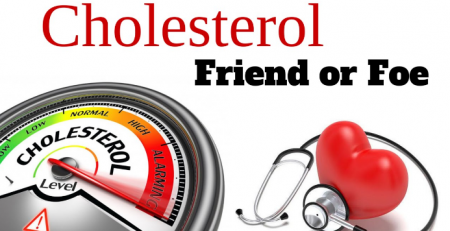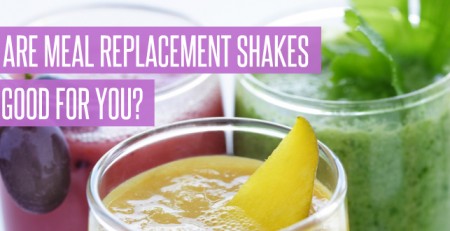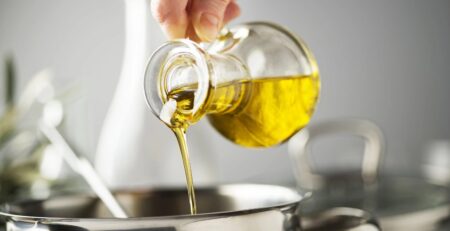Wheat Is A Healthy Cereal!
Wheat Is As Healthy As Any Other Cereal!
Wheat is the second largest cultivated cereal crop of the world, next only to maize.
Wheat is the largest staple food of the world population, next only to rice.
The wheat crop cultivation covers more land than any other cereal in the world.
Its turnover in the world market is larger than that of all other cereals put together.
The wheat grain, like all other cereals, has three parts, the bran, the germ and the endosperm.
The bran is the protective outer cover of the grain, the germ develops into a new plant when the seed germinates and the endosperm is the store house of the food of the seed, that the grain uses for energy when the new plant is being developed.
The wheat grain has 71 % carbohydrates, 13 % proteins, fibre, some B vitamins, folate, Vitamins E, some minerals, phytochemicals, antioxidants and some good fatty acids.
Wheat provides us with 327 calories per hundred gm.
Of these, most of the fibre, vitamins, minerals, phytochemicals, antioxidants and fatty acids and 25% of the proteins in the wheat grain are housed in the bran and the germ while the most of the carbohydrates and 75% of the proteins are housed in the endosperm.
The carbohydrates in the whole wheat grain are starch, fibre and some sugars.
Of these, the starch and the fibre are the complex carbohydrates while the sugars are the simple carbohydrates.
Thus wheat is a very important source of calories, carbohydrates, proteins, small amounts of healthy fats, vitamins and minerals of a large proportion of the population of the world.
Wheat, like all other cereals, is deficient in the essential amino acid lysine and hence, by itself it is not a good source of complete proteins.
On the other hand, pulses have lysine but they are deficient in the essential amino acids methionine, tryptophan and cysteine.
And wheat has methionine, tryptophan, and cysteine.
So wheat and pulses together supply us all the essential amino acids and together they become a good source of better quality proteins in a vegetarian diet.
That is why we have chapatis, rice, bhakri together with ‘varan’ / ‘amti’ / ‘dal’ / ‘sambar’ / ‘curry’ or ‘usal’ in both lunch and dinner in our regular meals.
Chapatis, rice, bhakri are all cereals and ‘varan’ / ‘amti’ / ‘dal’ / ‘sambar’ / ‘curry’ or ‘usal’ are all pulses.
Together they provide most of the better quality proteins in a vegetarian diet.
Wheat chapatis or roti are the main ingredient of regular meals for most Indians.
The wheat protein is majorly composed of gluten, constituting 75 to 80 per cent of the wheat protein.
A few people in the world have gluten intolerance and they can’t digest gluten properly and develop abdominal pain, gases, constipation or diarrhoea when they eat wheat.
About 0.5 to 1 per cent people in the world suffer from Celiac disease, a severe autoimmune, chronic disease and can’t eat wheat at all.
Their number is slowly rising probably because of the newer crops developed to increase the yield and disease fighting abilities of the crop and body’s inability to adapt quickly to it. It also may appear to increase because of increased awareness about the illness and also improved diagnosis of the disease.
It is definite that such people shouldn’t eat wheat but that still cannot not be the reason for most of the world population to stop eating wheat which is their staple food.
It is also not right to equate rava and maida with whole wheat, just because they are made from wheat.
Whole wheat is robbed of most of its good nutrition by grinding and separating the germ and the bran from endosperm which is further ground and refined to make rava and maida.
So when we eat rava or maida, we consume only the less nutritious endosperm of the wheat.
Glycemic index of whole wheat is 41, that is low, and that of rava is 66, that is medium and that of maida is over 70, that is high.
That is why rava and maida are bad nutrition
On the other hand, when we eat chapatis made from whole wheat flour, we consume the bran, germ and endosperm together in the whole ground wheat flour.
Currently it has become fashionable to label wheat as unhealthy food.
It is like blaming carbohydrates for weight gain.
Both are passing fads.
But all cereals have more or less similar nutrition.
Various researchers give us slightly variable figures of calories but generally we can say that nachani (325), wheat (329), rice (341 ते 346), jwari (349) and bajri (361) give us more or less similar calories per 100 gm.
Also their glycemic indices and loads are similar.
The whole grain wheat is as nutritious every other cereal.
So you can eat wheat chapatis or bhakri made from nachani, jowar or bajri.
Also read the article ‘Effects Of Rava And Maida On Health’ on this website.

















Leave a Reply